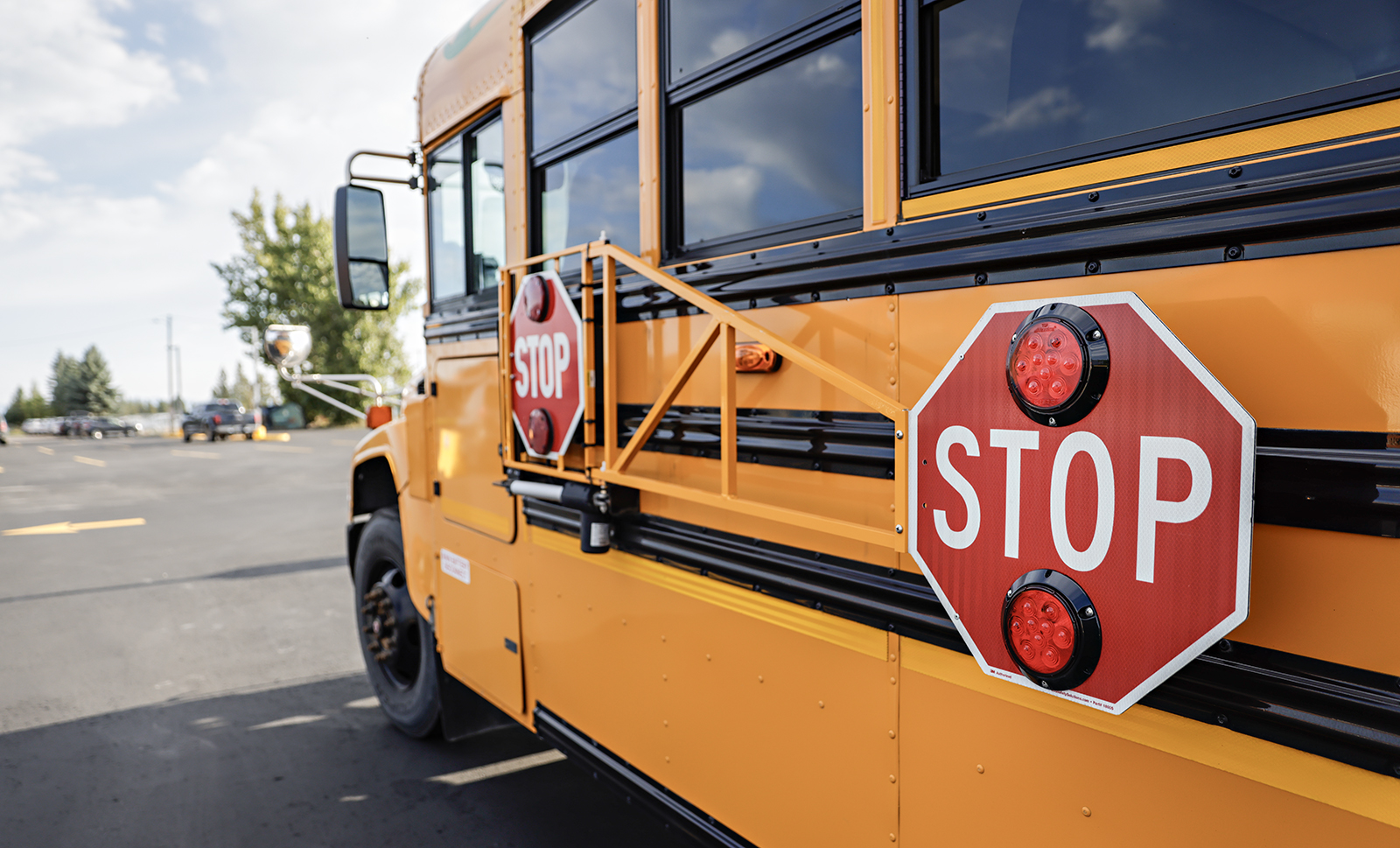Montana Taxpayers Eligible for Education Donation Credit
Taxpayers can once again receive dollar-for-dollar tax credits for donations made to qualifying public schools and private school scholarship organizations
By Denali Sagner
Montana taxpayers will be eligible to receive dollar-for-dollar credits on their state taxes for donations made to public school districts and private school scholarship organizations through Jan. 15.
Montana has two education-related tax credits available to individuals and businesses –– the Innovative Educational Program Tax Credit and the Student Scholarship Organization Tax Credit.
What is the Innovative Educational Program Tax Credit?
Through the Innovative Educational Program Tax Credit, established by lawmakers in 2015, taxpayers can receive a deduction for donations made to Montana public school districts for the purpose of providing supplemental funding for innovative educational programs.
The state describes “innovative educational programs” as an “advanced academic program that enhances the curriculum or academic program of an eligible public school” and that is not part of the school’s everyday curriculum. Permitted uses of the donations include advanced opportunity courses, transformational learning, programs for children with disabilities and work-based learning opportunities. Funds can also be used for post-secondary partnerships, technology improvements and capital improvements or equipment necessary to support innovative programs.
What is the Student Scholarship Organization Tax Credit?
The Student Scholarship Organization Tax Credit is a dollar-for-dollar tax credit for donations made to qualified organizations that provide scholarships to students to attend private schools. There are 22 organizations this year that taxpayers can donate to receive a tax credit. These include St. Matthew’s Catholic School, the Woodland Montessori School Foundation and Kalispell Montessori Center in Kalispell, as well as The Skola in Whitefish.
How much can I donate to receive a tax credit?
The Innovative Educational Program Tax Credit and Student Scholarship Organization Tax Credit are available to individuals, estates, trusts, corporations, partnerships and LLCs. Taxpayers may claim both credits in a single year and can donate up to $200,000 per credit. Married taxpayers filing jointly may take a tax credit of up to $400,000 per program. Taxpayers may not claim the credits and deduct the same amount from their taxes as a charitable contribution.
How does the donation and tax credit process work?
Those seeking to make donations must send them directly to the school district or organization of their choice. Here you can find donation instructions for the Kalispell Public Schools, Whitefish School District, Columbia Falls School District, Bigfork School District and West Valley School. For more information about other school districts in the Flathead Valley, reach out to the respective district office.
The portal for donations will open on Jan. 15 at 10 a.m., at which point school districts can begin processing donations on a first come, first served basis. There is a $6 million cap per tax credit, meaning donations will only be accepted until the state reaches the $6 million statewide cap for the Innovative Educational Program Tax Credit and the Student Scholarship Organization Tax Credit, respectively.
With this in mind, school districts are encouraging donors to send in their donations as soon as possible, so that administrators can begin loading donations to the online portal right away on Jan. 15.
Once a donation is preapproved, the school district or organization of the donor’s choice will provide a tax credit receipt listing the tax credit amount and a confirmation code. Donors must include the confirmation number and receipt when claiming the credit on their tax return.
How much money can each school district collect?
Each school district can receive total donations up to $50,000, 15% of the district’s maximum general fund budget, or 20% of the total credit collected in Montana, whichever comes first. The formula was implemented to avoid the vast majority of donations going to one district. Prior to the implementation of this updated formula, in 2022, the state hit the then-$1 million cap within five minutes, nearly $700,000 of which went to the Big Sky School District. In 2023, the donation cap was reached in two days with around $900,000 again going to Big Sky.